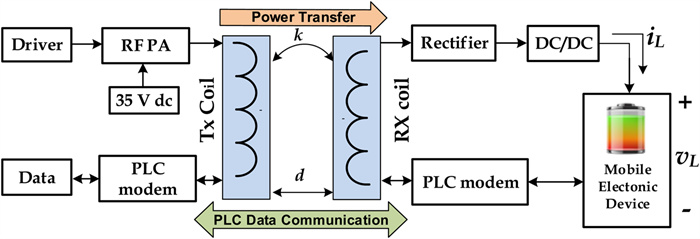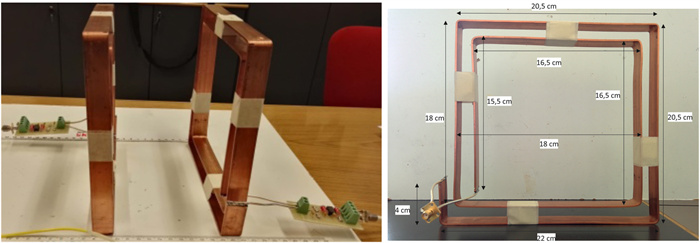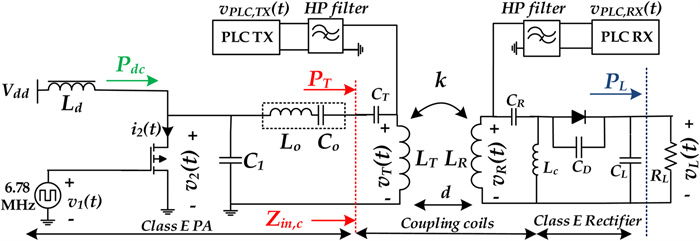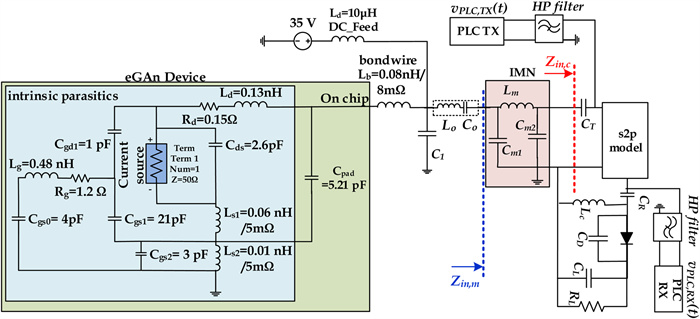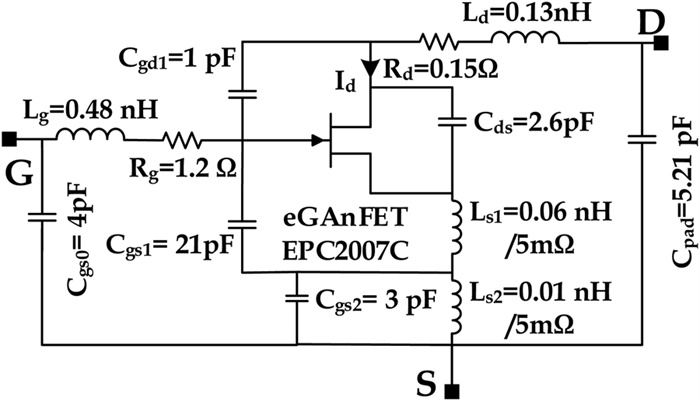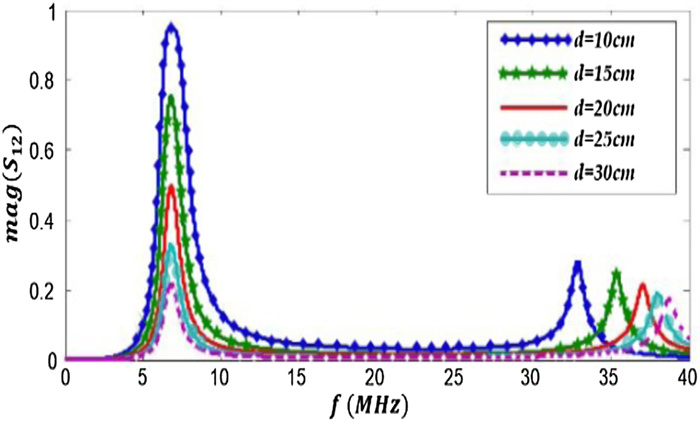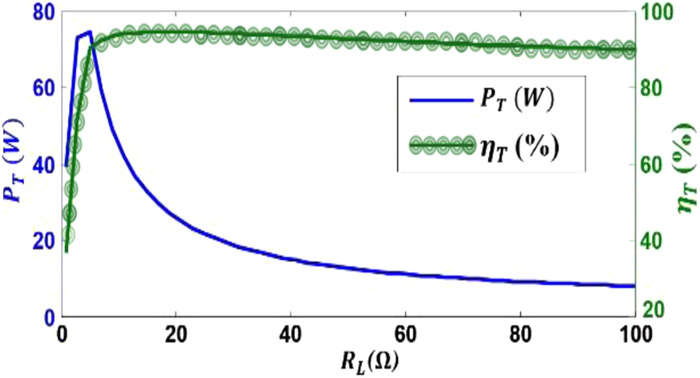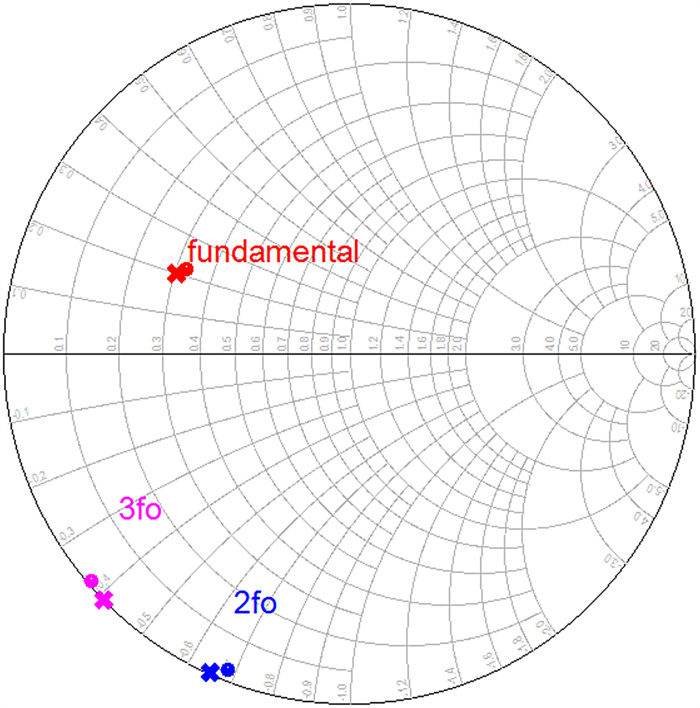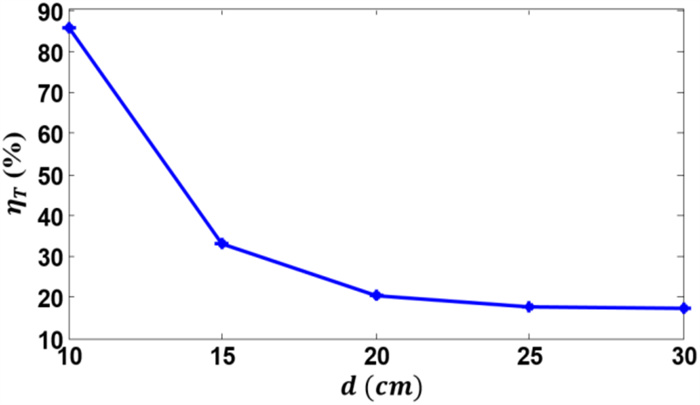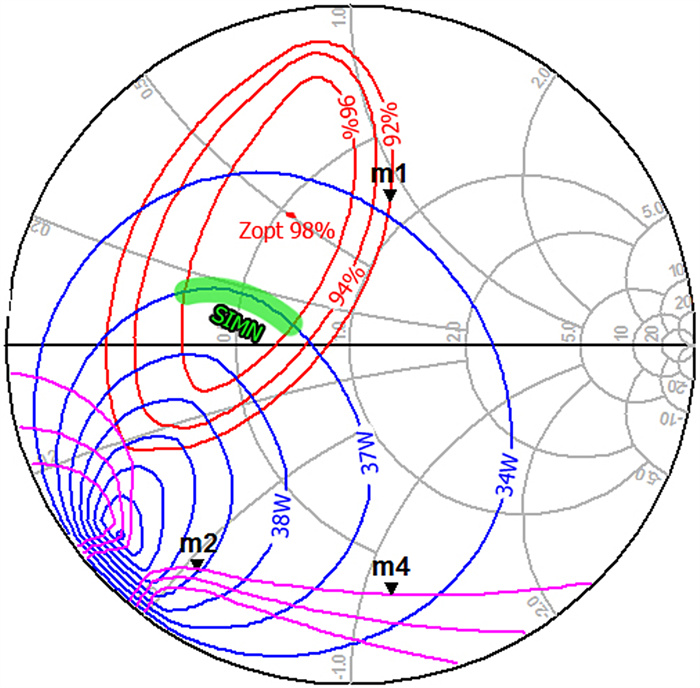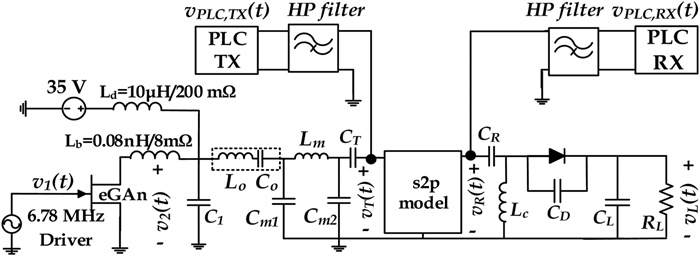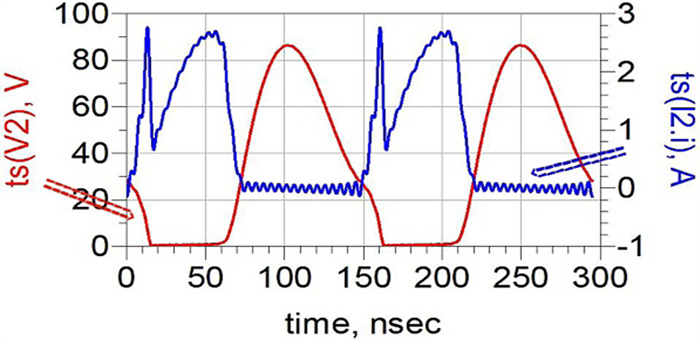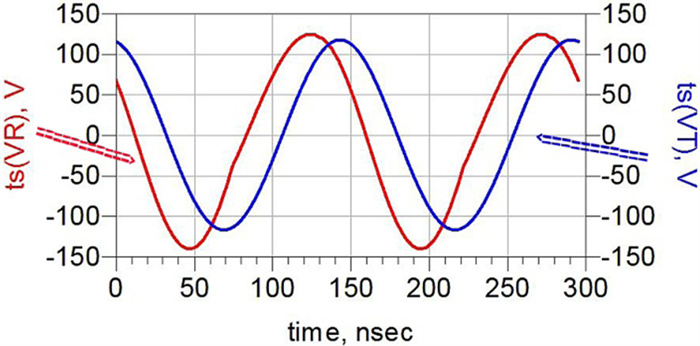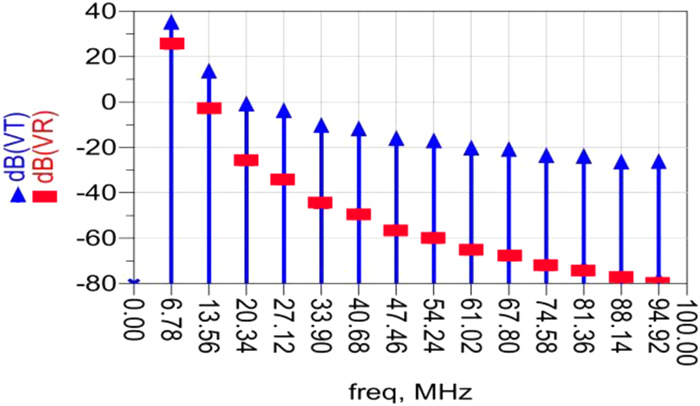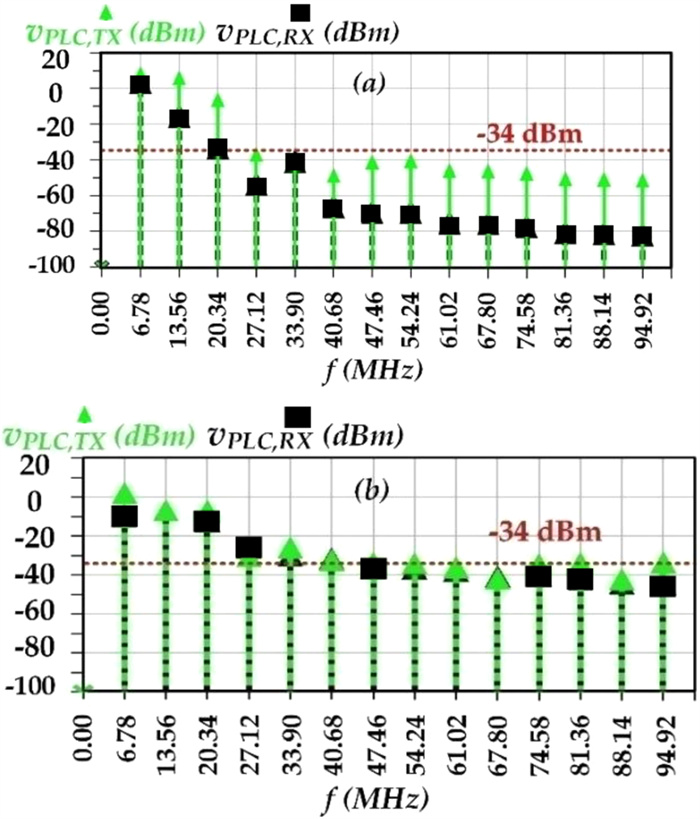Harmonic distortion considerations for an integrated WPT-PLC system
-
1.
University of Tunis, National Higher Engineering School of Tunis, LISIER, Tunis, Tunisia
-
2.
Department of Electronics, Higher Institute of Applied Science and Technology of Sousse, University of Sousse, Sousse, Tunisia
-
3.
Department of Energy, Systems, Territory and Construction Engineering (DESTEC), University of Pisa, Pisa, Italy
More Information
-
Author Bio:
 Abdelmajid Sarraj
Abdelmajid Sarraj received his Master's degree in micro-systems and embedded electronic systems from the Higher Institute of Applied Sciences and Technology of Sousse in 2017 and he is currently a second year Ph.D. student in electrical engineering in the Higher National School of Engineering of Tunis. He is investigating the possibility to integrate a wireless power transfer system (WPT) and a power line communication system (PLC) using four coils topology.
 Wael Dghais
Wael Dghais received his engineering degree in industrial instrumentation and measurements from the National Institute of Applied Sciences and Technology in 2009 and his Ph.D. degree in Electronics and Telecommunications from the University of Aveiro in 2013. He is investigating the IBIS modeling of high-speed analogmixed signal I/O interfaces. He was a postdoctoral researcher at the Institute of Telecommunications, and Lecturer at the University of Aveiro, Portugal. He is author of several IEEE journals and conference publications and he has been involved in European research projects such as FP7-MOCHA, SOPAS, and most recently in ENIAC THINGS2DO. Current research interests include EDA tools for signal and power integrity simulation with a focus on electrothermal modeling and characterization, RF power amplifier, timeand frequency domains machine learning and system identification.
 S. Barmada
S. Barmada received is M.S. and Ph.D. degrees in electrical engineering from the University of Pisa, Italy in 1995 and 2001, respectively. He is currently Full Professor with the Department of Energy and System Engineering (DESTEC), University of Pisa. His teaching activity is related to circuit theory and electromagnetics. His research activity is mainly dedicated to applied electromagnetics, power line communications, non-destructive testing, and signal processing. He is author and coauthor of more than 100 papers in international journals and refereed conferences. Prof. Barmada was the recipient of the 2003 J. F. Alcock Memorial Prize, presented by the Institution of Mechanical Engineering, Railway Division, for the Best Paper in Technical Innovation; he is IEEE Senior Member and ACES Fellow. He served as ACES President from 2015 to 2017; he is a member of the International Steering Committee of the CEFC Conference.
 M. Tucci
M. Tucci received his Ph.D. degree in applied electromagnetism from the University of Pisa, Italy in 2008. Currently, he is an Associate Professor with the Department of Energy, Systems, Territory and Constructions Engineering, University of Pisa. His research interests include computational intelligence and big data analysis, with applications in electromagnetism, non-destructive testing, powerline communications, and smart grids.
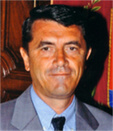 M. Raugi
M. Raugi received his Ph.D. degree in electrical engineering from the University of Pisa, Pisa, Italy, in 1990. Currently, he is a Full Professor of Electrical Engineering with the Department of Energy, Systems, Territory and Constructions Engineering, University of Pisa. He is author of many papers in international journals and conference proceedings. His research interests include numerical electromagnetics, with main applications in non-destructive testing, electromagnetic compatibility, communications, and computational intelligence. Prof. Raugi was the General Chairman of the international conferences Progress in Electromagnetic Research Symposium in 2004 and IEEE International Symposium on Power Line Communications in 2007. He was the recipient of the IEEE Industry Application Society 2002 Melcher Prize Paper Award
-
Corresponding author:
S. Barmada, Department of Energy, Systems, Territory and Construction Engineering (DESTEC), University of Pisa, Pisa, Italy. E-mail: sami.barmada@unipi.it
-
Abstract
This paper presents design considerations for an integrated wireless power transfer (WPT) and power line communication (PLC) system (e.g. WPT-PLC). The main goal is to enable wireless charging of mobile electronic products, along with high data rate communication over the shared wireless inductive resonant channel. Starting from a couple of resonant coils, characterized by the S-parameters matrix, the design of an impedance matching network and decoupling filters is carried out to better decouple power and data signals. A pulse-driven class-E power amplifier (PA) and a rectifier are first conceived based on the measured S-parameters and load-pull characterizations. Second, a sine-driven class-E power link, operating at 6.78 MHz, is proposed to reduce the total harmonic distortion of the integrated WPT-PLC system. These design steps aim to ensure high-power efficiency and low harmonic distortion of the class-E PA in order to mildly affect the channel capacity of the PLC. The harmonic interferences of the pulse-driven and sine-driven class-E power links are compared and discussed, together with the electromagnetic compatibility levels, the channel capacity, and the noise disturbances of the PLC channel in order to guarantee an optimized power and data transfer in the integrated WPT-PLC system.
-
About this article
Cite this article
Sarraj A, Dghais W, Barmada S, Tucci M, Raugi M. 2020. Harmonic distortion considerations for an integrated WPT-PLC system. Wireless Power Transfer 7(1): 33-41 doi: 10.1017/wpt.2020.4
|
Sarraj A, Dghais W, Barmada S, Tucci M, Raugi M. 2020. Harmonic distortion considerations for an integrated WPT-PLC system. Wireless Power Transfer 7(1): 33-41 doi: 10.1017/wpt.2020.4
|


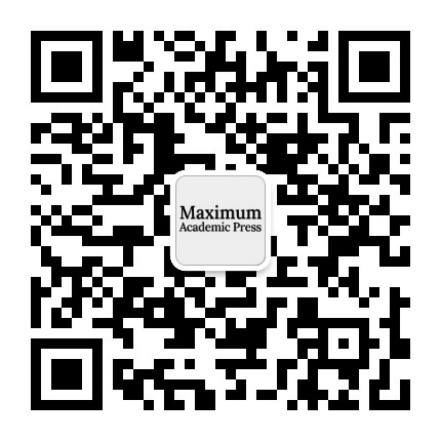







 Abdelmajid Sarraj received his Master's degree in micro-systems and embedded electronic systems from the Higher Institute of Applied Sciences and Technology of Sousse in 2017 and he is currently a second year Ph.D. student in electrical engineering in the Higher National School of Engineering of Tunis. He is investigating the possibility to integrate a wireless power transfer system (WPT) and a power line communication system (PLC) using four coils topology.
Abdelmajid Sarraj received his Master's degree in micro-systems and embedded electronic systems from the Higher Institute of Applied Sciences and Technology of Sousse in 2017 and he is currently a second year Ph.D. student in electrical engineering in the Higher National School of Engineering of Tunis. He is investigating the possibility to integrate a wireless power transfer system (WPT) and a power line communication system (PLC) using four coils topology.  Wael Dghais received his engineering degree in industrial instrumentation and measurements from the National Institute of Applied Sciences and Technology in 2009 and his Ph.D. degree in Electronics and Telecommunications from the University of Aveiro in 2013. He is investigating the IBIS modeling of high-speed analogmixed signal I/O interfaces. He was a postdoctoral researcher at the Institute of Telecommunications, and Lecturer at the University of Aveiro, Portugal. He is author of several IEEE journals and conference publications and he has been involved in European research projects such as FP7-MOCHA, SOPAS, and most recently in ENIAC THINGS2DO. Current research interests include EDA tools for signal and power integrity simulation with a focus on electrothermal modeling and characterization, RF power amplifier, timeand frequency domains machine learning and system identification.
Wael Dghais received his engineering degree in industrial instrumentation and measurements from the National Institute of Applied Sciences and Technology in 2009 and his Ph.D. degree in Electronics and Telecommunications from the University of Aveiro in 2013. He is investigating the IBIS modeling of high-speed analogmixed signal I/O interfaces. He was a postdoctoral researcher at the Institute of Telecommunications, and Lecturer at the University of Aveiro, Portugal. He is author of several IEEE journals and conference publications and he has been involved in European research projects such as FP7-MOCHA, SOPAS, and most recently in ENIAC THINGS2DO. Current research interests include EDA tools for signal and power integrity simulation with a focus on electrothermal modeling and characterization, RF power amplifier, timeand frequency domains machine learning and system identification.  S. Barmada received is M.S. and Ph.D. degrees in electrical engineering from the University of Pisa, Italy in 1995 and 2001, respectively. He is currently Full Professor with the Department of Energy and System Engineering (DESTEC), University of Pisa. His teaching activity is related to circuit theory and electromagnetics. His research activity is mainly dedicated to applied electromagnetics, power line communications, non-destructive testing, and signal processing. He is author and coauthor of more than 100 papers in international journals and refereed conferences. Prof. Barmada was the recipient of the 2003 J. F. Alcock Memorial Prize, presented by the Institution of Mechanical Engineering, Railway Division, for the Best Paper in Technical Innovation; he is IEEE Senior Member and ACES Fellow. He served as ACES President from 2015 to 2017; he is a member of the International Steering Committee of the CEFC Conference.
S. Barmada received is M.S. and Ph.D. degrees in electrical engineering from the University of Pisa, Italy in 1995 and 2001, respectively. He is currently Full Professor with the Department of Energy and System Engineering (DESTEC), University of Pisa. His teaching activity is related to circuit theory and electromagnetics. His research activity is mainly dedicated to applied electromagnetics, power line communications, non-destructive testing, and signal processing. He is author and coauthor of more than 100 papers in international journals and refereed conferences. Prof. Barmada was the recipient of the 2003 J. F. Alcock Memorial Prize, presented by the Institution of Mechanical Engineering, Railway Division, for the Best Paper in Technical Innovation; he is IEEE Senior Member and ACES Fellow. He served as ACES President from 2015 to 2017; he is a member of the International Steering Committee of the CEFC Conference.  M. Tucci received his Ph.D. degree in applied electromagnetism from the University of Pisa, Italy in 2008. Currently, he is an Associate Professor with the Department of Energy, Systems, Territory and Constructions Engineering, University of Pisa. His research interests include computational intelligence and big data analysis, with applications in electromagnetism, non-destructive testing, powerline communications, and smart grids.
M. Tucci received his Ph.D. degree in applied electromagnetism from the University of Pisa, Italy in 2008. Currently, he is an Associate Professor with the Department of Energy, Systems, Territory and Constructions Engineering, University of Pisa. His research interests include computational intelligence and big data analysis, with applications in electromagnetism, non-destructive testing, powerline communications, and smart grids.  M. Raugi received his Ph.D. degree in electrical engineering from the University of Pisa, Pisa, Italy, in 1990. Currently, he is a Full Professor of Electrical Engineering with the Department of Energy, Systems, Territory and Constructions Engineering, University of Pisa. He is author of many papers in international journals and conference proceedings. His research interests include numerical electromagnetics, with main applications in non-destructive testing, electromagnetic compatibility, communications, and computational intelligence. Prof. Raugi was the General Chairman of the international conferences Progress in Electromagnetic Research Symposium in 2004 and IEEE International Symposium on Power Line Communications in 2007. He was the recipient of the IEEE Industry Application Society 2002 Melcher Prize Paper Award
M. Raugi received his Ph.D. degree in electrical engineering from the University of Pisa, Pisa, Italy, in 1990. Currently, he is a Full Professor of Electrical Engineering with the Department of Energy, Systems, Territory and Constructions Engineering, University of Pisa. He is author of many papers in international journals and conference proceedings. His research interests include numerical electromagnetics, with main applications in non-destructive testing, electromagnetic compatibility, communications, and computational intelligence. Prof. Raugi was the General Chairman of the international conferences Progress in Electromagnetic Research Symposium in 2004 and IEEE International Symposium on Power Line Communications in 2007. He was the recipient of the IEEE Industry Application Society 2002 Melcher Prize Paper Award 


